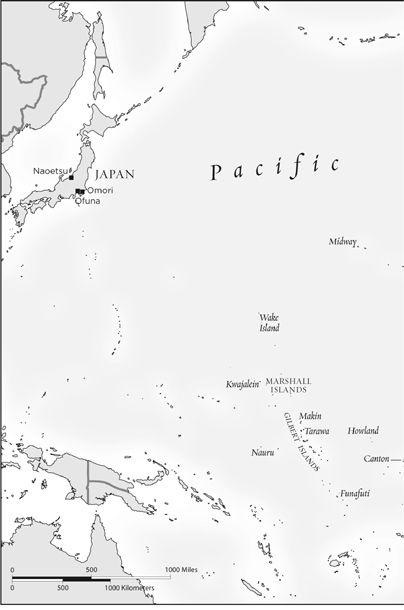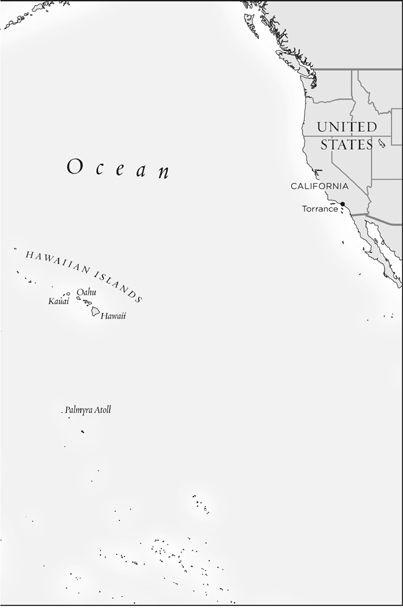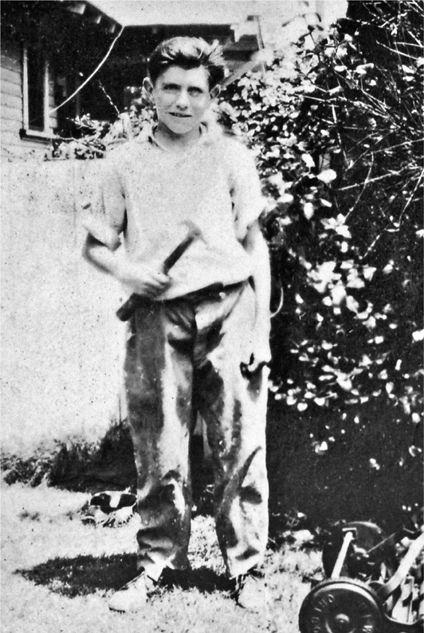Unbroken: A World War II Story of Survival, Resilience and Redemption
Read Unbroken: A World War II Story of Survival, Resilience and Redemption Online
Authors: Laura Hillenbrand
Tags: #Autobiography.Historical Figures, #History, #Biography, #Non-Fiction, #War, #Adult



Also by Laura Hillenbrand
SEABISCUIT

Copyright © 2010 by Laura Hil enbrand
Al rights reserved.
Published in the United States by Random House, an imprint of The Random House Publishing Group, a division of Random House, Inc., New York.
RANDOM HOUSE and colophon are registered trademarks of Random House, Inc.
LIBRARY OF CONGRESS CATALOGING-IN-PUBLICATION DATA
Hil enbrand, Laura.
Unbroken : a World War I story of survival, resilience, and redemption / Laura Hil enbrand.
p. cm.
eISBN: 978-0-679-60375-7
1. Zamperini, Louis, 1917– 2. World War, 1939–1945—Prisoners and prisons, Japanese. 3. Prisoners of war—United States—Biography. 4. Prisoners of war—Japan—Biography. 5. World War, 1939–1945—Aerial operations, American. 6. World War, 1939–1945—Campaigns—Pacific Area. 7. United States. Army Air Forces. Heavy Bombardment Group, 307th. 8. Long-distance runners—United States—Biography. I. Title.
D805.J3Z364 2010
940.54′7252092—dc22
[B] 2010017517
www.atrandom.com
v3.1
For the wounded and the lost
What stays with you latest and deepest? of curious panics,
Of hard-fought engagements or sieges tremendous what deepest remains?
—Walt Whitman, “The Wound-Dresser”
CONTENTS
Cover
Other Books by This Author
Title Page
Copyright
Map
Epigraph
PART I
Chapter 1. The One-Boy Insurgency
Chapter 2. Run Like Mad
Chapter 3. The Torrance Tornado
Chapter 4. Plundering Germany
Chapter 5. Into War
Chapter 6. The Flying Coffin
Chapter 7. “This Is It, Boys”
Chapter 8. “Only the Laundry Knew How Scared I Was”
Chapter 9. Five Hundred and Ninety-four Holes
Chapter 10. The Stinking Six
Chapter 11. “Nobody’s Going to Live Through This”
Chapter 12. Downed
Chapter 13. Missing at Sea
Chapter 14. Thirst
Chapter 15. Sharks and Bul ets
Chapter 16. Singing in the Clouds
Chapter 17. Typhoon
Chapter 18. A Dead Body Breathing
Chapter 19. Two Hundred Silent Men
Chapter 20. Farting for Hirohito
Chapter 21. Belief
Chapter 22. Plots Afoot
Chapter 23. Monster
Chapter 24. Hunted
Chapter 25. B-29
Chapter 26. Madness
Chapter 27. Fal ing Down
Chapter 28. Enslaved
Chapter 29. Two Hundred and Twenty Punches
Chapter 30. The Boiling City
Chapter 31. The Naked Stampede
Chapter 32. Cascades of Pink Peaches
Chapter 33. Mother’s Day
Chapter 34. The Shimmering Girl
Chapter 35. Coming Undone
Chapter 36. The Body on the Mountain
Chapter 37. Twisted Ropes
Chapter 38. A Beckoning Whistle
Chapter 39. Daybreak
Acknowledgments
Notes
About the Author


ALL HE COULD SEE, IN EVERY DIRECTION, WAS WATER. It was June 23, 1943. Somewhere on the endless expanse of the Pacific Ocean, Army Air Forces bombardier and Olympic runner Louie Zamperini lay across a smal raft, drifting westward. Slumped alongside him was a sergeant, one of his plane’s gunners. On a separate raft, tethered to the first, lay another crewman, a gash zigzagging across his forehead. Their bodies, burned by the sun and stained yel ow from the raft dye, had winnowed down to skeletons. Sharks glided in lazy loops around them, dragging their backs along the rafts, waiting.
The men had been adrift for twenty-seven days. Borne by an equatorial current, they had floated at least one thousand miles, deep into Japanese-control ed waters. The rafts were beginning to deteriorate into jel y, and gave off a sour, burning odor. The men’s bodies were pocked with salt sores, and their lips were so swol en that they pressed into their nostrils and chins. They spent their days with their eyes fixed on the sky, singing “White Christmas,”
muttering about food. No one was even looking for them anymore. They were alone on sixty-four mil ion square miles of ocean.
A month earlier, twenty-six-year-old Zamperini had been one of the greatest runners in the world, expected by many to be the first to break the four-minute mile, one of the most celebrated barriers in sport. Now his Olympian’s body had wasted to less than one hundred pounds and his famous legs could no longer lift him. Almost everyone outside of his family had given him up for dead.
On that morning of the twenty-seventh day, the men heard a distant, deep strumming. Every airman knew that sound: pistons. Their eyes caught a glint in the sky—a plane, high overhead. Zamperini fired two flares and shook powdered dye into the water, enveloping the rafts in a circle of vivid orange. The plane kept going, slowly disappearing. The men sagged. Then the sound returned, and the plane came back into view. The crew had seen them.
With arms shrunken to little more than bone and yel owed skin, the castaways waved and shouted, their voices thin from thirst. The plane dropped low and swept alongside the rafts. Zamperini saw the profiles of the crewmen, dark against bright blueness.
There was a terrific roaring sound. The water, and the rafts themselves, seemed to boil. It was machine gun fire. This was not an American rescue plane. It was a Japanese bomber.
The men pitched themselves into the water and hung together under the rafts, cringing as bul ets punched through the rubber and sliced effervescent lines in the water around their faces. The firing blazed on, then sputtered out as the bomber overshot them. The men dragged themselves back onto the one raft that was stil mostly inflated. The bomber banked sideways, circling toward them again. As it leveled off, Zamperini could see the muzzles of the machine guns, aimed directly at them.
Zamperini looked toward his crewmates. They were too weak to go back in the water. As they lay down on the floor of the raft, hands over their heads, Zamperini splashed overboard alone.
Somewhere beneath him, the sharks were done waiting. They bent their bodies in the water and swam toward the man under the raft.


Courtesy of Louis Zamperini. Photo of original image by John Brodkin .
One
The One-Boy Insurgency
IN THE PREDAWN DARKNESS OF AUGUST 26, 1929, IN THE back bedroom of a smal house in Torrance, California, a twelve-year-old boy sat up in bed, listening.
There was a sound coming from outside, growing ever louder. It was a huge, heavy rush, suggesting immensity, a great parting of air. It was coming from directly above the house. The boy swung his legs off his bed, raced down the stairs, slapped open the back door, and loped onto the grass. The yard was otherworldly, smothered in unnatural darkness, shivering with sound. The boy stood on the lawn beside his older brother, head thrown back, spel bound.
The sky had disappeared. An object that he could see only in silhouette, reaching across a massive arc of space, was suspended low in the air over the house. It was longer than two and a half footbal fields and as tal as a city. It was putting out the stars.